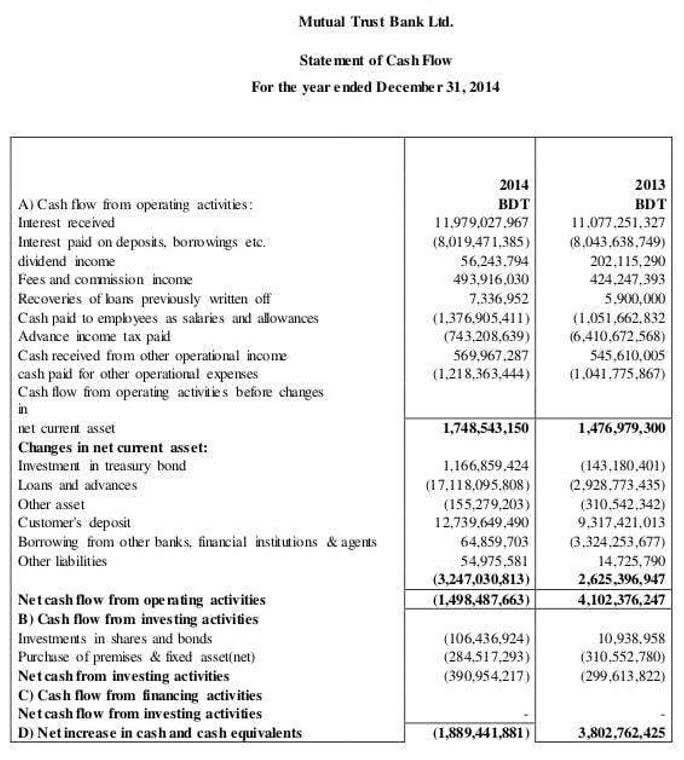
This allows the manufacturer to recoup some of the expenses spent in producing the items. Indirect materials, electricity charges and salaries of engineer and supervisor are all indirect costs and have, therefore, been added together to obtain total manufacturing overhead cost. The cost of conversion analysis can have different implications and impacts for different stakeholders, such as owners, managers, employees, customers, and suppliers. For example, owners may want to minimize the cost of conversion to maximize profits, while managers may want to increase the cost of conversion to improve quality and customer satisfaction. Employees may want to increase the cost of conversion to secure their jobs and wages, while customers may want to decrease the cost of conversion to lower the price and increase the value of the finished goods. Suppliers may want to increase the cost of conversion to sell more raw materials, while competitors may want to decrease the cost of conversion to gain a competitive edge.
- It is calculated by dividing the total conversion cost by the number of units produced.
- Conversion costs are important for cost accounting and management because they help to measure the efficiency and profitability of the production process.
- Return on Assets (ROA) assesses a company’s effectiveness in using its complete asset base to produce profits.
- It represents the labor and overhead expenses necessary for production.
- Conversion cost accounting is the process of tracking and reporting the costs incurred to convert raw materials into finished goods.
- Therefore, the cost of conversion analysis needs to balance and align the interests and objectives of different stakeholders.
Comparison: Conversion Cost vs Prime Cost

Before you can compute the conversion cost, you need to understand what it is. It is also commonly referred to as the cost of conversion or cost per conversion, the latter of which is commonly abbreviated as CPC don’t confuse it with cost per click. Cost per conversion term is generally used in digital marketing which means the total cost paid for an advertisement in relation to the success in achieving the goal of that advertisement. Prime costs are reviewed by operations managers conversion costs to ensure that the company is maintaining an efficient production process. For instance, the engine of a car and the spokes of a bicycle are considered direct material costs because they are necessary to complete the production of those items.

Q2. How do conversion costs differ from other types of costs?

Operations managers use conversion costs to help identify waste within the manufacturing process. From a company’s perspective, the lower the conversion cost, the retained earnings higher the profit margins. Therefore, in order to achieve optimization of the production process, companies strive to keep the conversion costs minimum. Conversion costs are essential for accurately pricing products, managing expenses, and optimizing production processes. They offer insights into the efficiency of manufacturing operations and potential areas for cost reduction. For shipping the raw materials to the desired location, they paid ₹30,000 to the transportation company.
Conversion costs definition
They are used to quantify, measure, and analyze financial transactions, performance, and positions of businesses and organizations. If they were 100% complete with regard to conversion costs, then they would have been transferred to the next department. In summary, managing and reducing conversion costs requires a holistic approach, combining process optimization, strategic partnerships, employee engagement, and technological advancements. By implementing these strategies, businesses can achieve sustainable growth and maintain a competitive edge in today’s dynamic market. Some costs, notably labor, are included in each, so adding them together would overstate manufacturing cost. This means that the toy company spends $10 on direct labor and manufacturing overhead for each doll it produces.
- Management needs to understand its costs in order to set prices, budget for the upcoming year, and evaluate performance.
- They want to allocate their budget effectively to maximize conversions (such as sign-ups, downloads, or purchases).
- Remember that these components interact dynamically, and a holistic approach is essential for accurate conversion cost analysis.
- Managerial accountants and production managers measure these conversion costs to estimate production expenses, develop product-pricing models, and estimate the value of finished inventory.
- The cost of conversion analysis can have different implications and impacts for different stakeholders, such as owners, managers, employees, customers, and suppliers.
- Remember, the pursuit of cost-effective conversion doesn’t compromise product excellence—it ensures sustainable growth and customer satisfaction.
- This allows the manufacturer to recoup some of the expenses spent in producing the items.
- However, the cost of goods manufactured is calculated for the entire company by adding up the costs of all the departments.
- Conversion cost, as the name implies, is the total cost that a manufacturing entity incurs to transform or convert its direct materials into salable or finished product.
- A similar process is used to account for the costs completed and transferred.
- Companies largely depend on different metrics to monitor these essential parameters.
Fluctuations in labor costs due to overtime, bonuses, or productivity levels can affect conversion cost accuracy. A periodical review of the firm’s prime cost is crucial to ensure the efficiency of its manufacturing process. The computational responsibility lies with the factory manager who collects the relevant data, calculates the prime cost figure for the period and reports the same to operations manager for review. A conversion cost is the total amount of cost it takes to bring a manufactured product from the raw material into a completed good. By using conversion costs, we can calculate an efficient way of determining equivalent units and unit costs. Samsung has a cell phone production unit with a production capacity of 10,000 daily it incurs day-to-day expenses to keep its business running.

She has extensive experience in guiding teams and driving strategic initiatives. ROAS calculation can help you evaluate every PPC campaign’s performance so that you know which of your campaigns are converting the best. You do not have to guess when your target audience is most likely to be online. Visit the “Dimensions” tab in Google Ads, and you will Bookkeeping for Painters see when you get the most conversions.
5 Break-even Analysis
For instance, assembly line workers, machine operators, and quality control personnel contribute to the conversion process. Their time and expertise are essential for turning raw materials into usable products. These examples illustrate how the conversion cost formula and per unit cost can be applied to different scenarios. By using these metrics, managers can monitor and control the production costs and optimize the resources. They can also compare the conversion costs and per unit costs of different products, departments, or periods, and identify the areas of improvement or inefficiency. Conversion cost is a useful tool for cost accounting and management, and it can help to improve the performance and profitability of any business.

It depends on the type of industry and expectations from the analysis. If the business is focused on the intensive conversion of raw materials to products, then conversion costs can give better results. In contrast, if the business regularly invests a big chunk of its expense on raw materials, Prime costs can provide a better overview.
4 Financial Reporting
The table below highlights the key differences between conversion costs and prime costs. Whether you’re managing a manufacturing plant or analyzing financial statements, understanding conversion costs is essential for achieving operational excellence and maintaining profitability. In process costing systems, conversion costs are averaged across units produced, ensuring consistent cost allocation.
